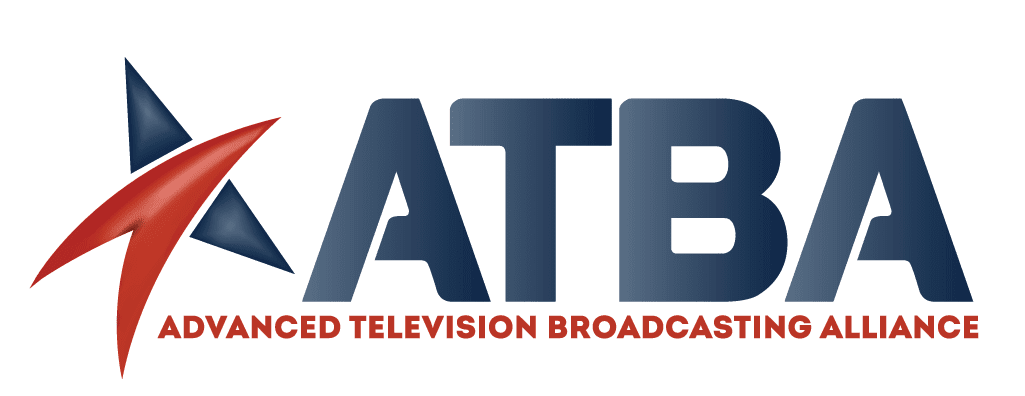In 2015, the Federal Communications Commission (FCC) punted on the question of how to handle LPTV stations that offered analog FM radio services following the digital transition, committing to “issue a decision . . . at a later date.” Almost eight years later, the FCC finally issued that decision on Thursday, July 20, 2023. It is a mixed bag for LPTV stations.
In its Firth Report and Order in the digital LPTV proceeding, the Commission authorized certain LPTV stations licensed to broadcast on channel 6 to offer an analog FM radio service on an ancillary or supplementary basis. Noting “the length of time that certain FM6 LPTV stations have been operating and efforts they undertook to convert to digital operations to limit consumer impact,” the FCC found that it was in the public interest to authorize FM6 service for 13 stations that currently offer the service and an additional station that previously offered FM6 service but had to stop due to delays resulting from coordination with Canada.
One of the main questions following the comment period was whether the option to offer “FM6” service should be available to all channel 6 LPTV stations and not just a subset of those stations. In declining to authorize the service for all channel 6 LPTV stations, the Commission determined that stations other than the 14 grandfathered stations “do not have similar equities at play . . . , as they have no established listener base that relies upon them” and, therefore, that “there are insufficient public interest reasons to outweigh the interference concerns brought on by new FM6 operations.”
To be eligible to offer FM6 services, stations must: (1) have had FM6 STAs granted and unexpired or with a request for extension pending on June 7, 2022, and (2) have an unexpired STA or pending extension request as of the effective date of the Report and Order.
The FCC adopted a number of conditions for FM6 operations:
- ATSC 3.0 Format. FM6 stations will need to operate using the ATSC 3.0 standard.
- Operation on 87.75 MHz. FM6 stations will need to operate their audio carrier at 87.75 MHz.
- Non-Interference. 87.7 FM radio operations will need to be on a non-interference basis to both primary and secondary users.
- Synchronized Video and Audio. Stations will need to provide one free synchronized video and audio stream at all times when the station is operating.
- Same Contours for TV and FM. The LPTV and FM operational contours must be the same based on the predicted contour methodology applicable for each service.
- Limitations on Technical Modifications. Stations will not be permitted to modify the protected contour of the station’s TV signal except in cases of engineering necessity.
- No Limitations on Transfer. Licensees will be permitted to assign the FM6 authorization with their licenses as long as the assignee/transferee indicates it will continue to offer FM6 service.
- Application of Part 73 FM Rules. Stations must comply with the operational rules applicable to full-power FM stations, including maintaining online public files and providing EAS on their FM signals.
- Five Percent Fee. Stations will be required to pay 5% of the revenues generated for all “feeable services” as an ancillary/supplementary services fee. Feeable services include those for which payment of a subscription fee is required to receive the service or those where the licensee receives compensation from a third party (other than commercial advertisements for free services).
In the Fifth Report and Order, the FCC also rejected requests to license additional NCE FM stations or to eliminate certain TV6 interference protections. With regard to licensing of additional NCE FM stations, the Commission found that Commission described the plan as “neither feasible, because of the possibility of interference; nor efficient, because receivers are not capable of receiving FM stations below 87.7 FM; nor appropriate, because TV6 spectrum is still needed for broadcast television use.” As for the loosening of interference protections, the FCC found that the record developed in the proceeding was incomplete regarding the existing digital television landscape and whether and how the existing TV6 interference provisions should be retained, revised or updated.
What’s Next
Once the Fifth Report and Order become effective, eligible FM6 stations will need to notify the FCC that they intend to continue offering FM6 services.
The other major proceeding affecting LPTV licensees is the implementation of the Low Power Protection Act. The comment cycle in that proceeding has concluded. The FCC almost certainly will adopt its Report and Order in time to begin according to primary status to stations before its report to Congress is due on January 5, 2024.









